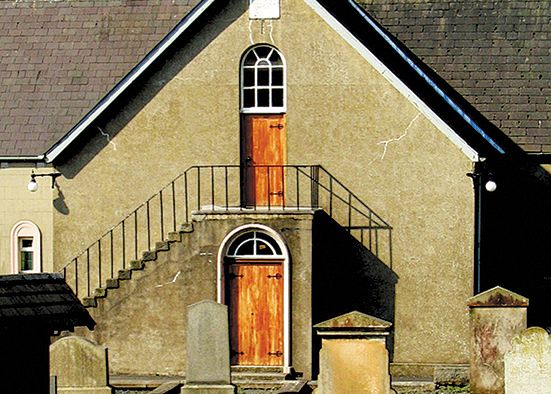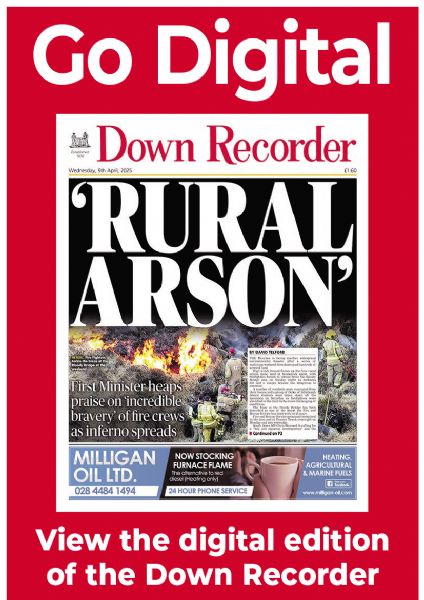Ballynahinch church paid DLA benefits during King Billy’s time
Ballynahinch church paid DLA benefits during King Billy’s time
30 August 2023

THE first Presbyterian church building in Ballynahinch was erected around 1650.
Some say the congregation actually dates back to 1607. After the Battle of the Boyne, there was a flood of Presbyterian immigrants into Co Down, fleeing famine in Scotland.
The ongregation underwent explosive growth, with a baptism every week or oftener.
The newly-arrived Presbyterians were vigorous and well organised, adding a session house in 1721, and rebuilt the church entirely in 1751.
The same building still serves the congregation right up to the present day, and is largely unaltered.
The congregation also ran a pioneering social security scheme, providing financial support to widows, pensioners, orphans, the blind, the sick, and the dying.
This was funded from the weekly church collections. It included long term payments, comparable to our own 21st century ESA and DLA.
From 1721 to 1772, the congregation paid 44 instalments of an incapacity benefit to John Gough, a Ballynahinch carpenter and church member. John was good at his job.
In 1719, the gable wall fell out of the old 1650 meeting house. Scaffolding was hastily erected to prevent the roof collapsing along with it. John Gough and Gilbert Clark were among the salvage team.
In 1721, John seems to have sustained a significant injury – perhaps a broken leg or arm – which prevented him working. This was a serious matter for his wife Elizabeth and himself, for they had a young family.
The surviving church records are very detailed, so we know the children were aged five and four, and the twins 13 months old.
In April the church stepped in promptly, with payments of six pence per week. After three months the church treasurer was feeling the financial strain, so he tried to tempt John back to work – that didn’t succeed.
Benefit was renewed, but this time at the lesser rate of four pence. Another back to work attempt in October failed again. Eventually John regained his full health, came off benefit and received further contracts from the church in 1722, 1723, and 1725.
Thomas McNarry, James McCalmont, Grissel Foreman and Janet Rea were all on long term DLA-type benefit from the church for 19 years, 16 years, 15 years and 14 years respectively.
Three days before Christmas in 1723 Samuel Carlisle’s wife died in labour, but her child survived. The church employed a wet nurse to suckle the infant at the large fee of five shillings. This intervention saved the child’s life, and the same fee was paid again six months later.
Horace Reid has spent years analysing the workings of this early social security scheme. Considering Ballynahinch was re-founded by Sir George Rawdon around 1660 and the Presbyterian charity was operating certainly from 1704-1735, the church was obviously a major influence in the early years of the town’s life.
Horace Reid has committed all his explanatory charts and graphs to video on the initiative of the Rowallane and Slieve Croob Community Twinning Group and with the financial support of Newry Mourne and Down Council.
This vivid portrait of life in early Ballynahinch has just been released on YouTube. To access it, use the search term “Ballynahinch History. Ye Poors Money.”


